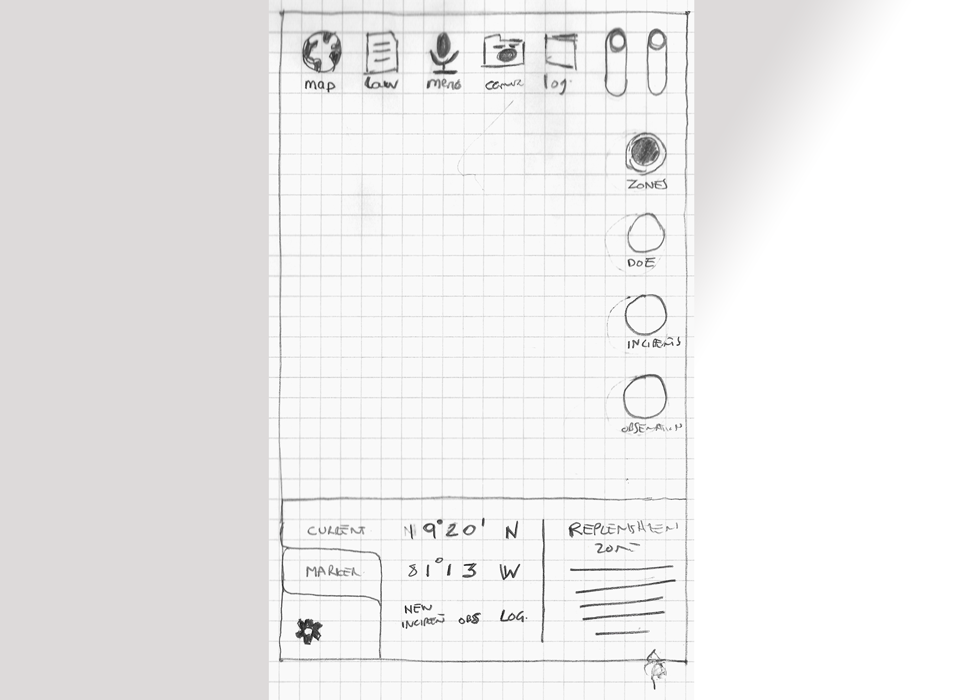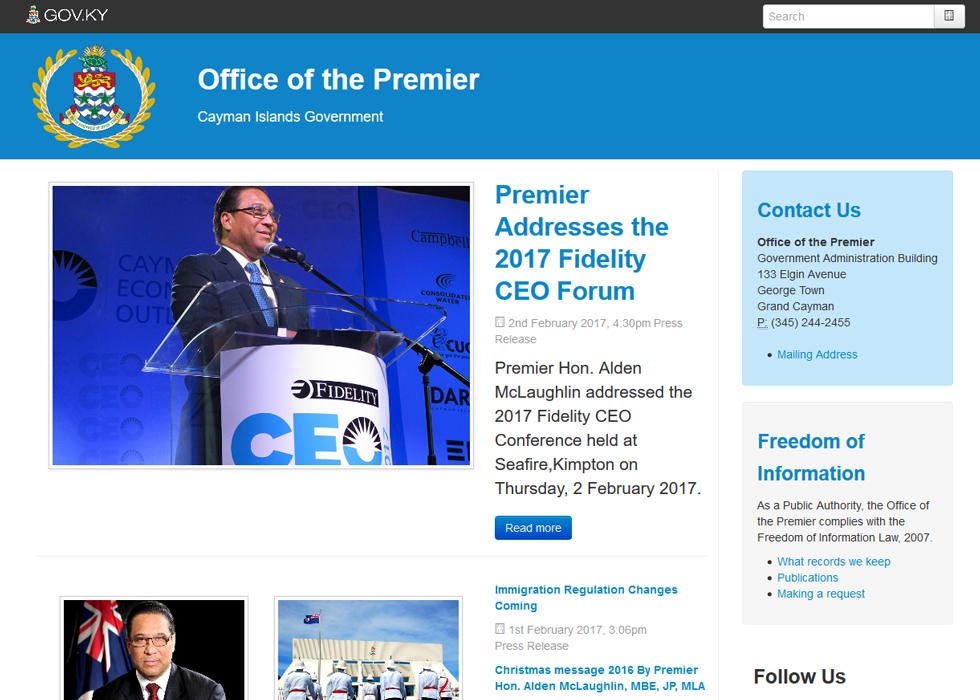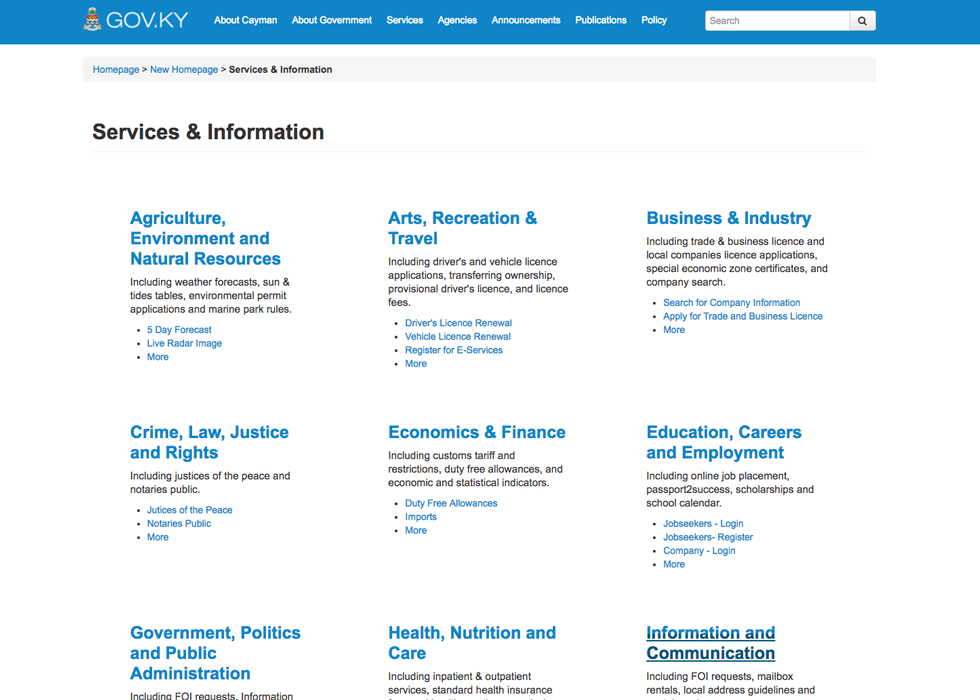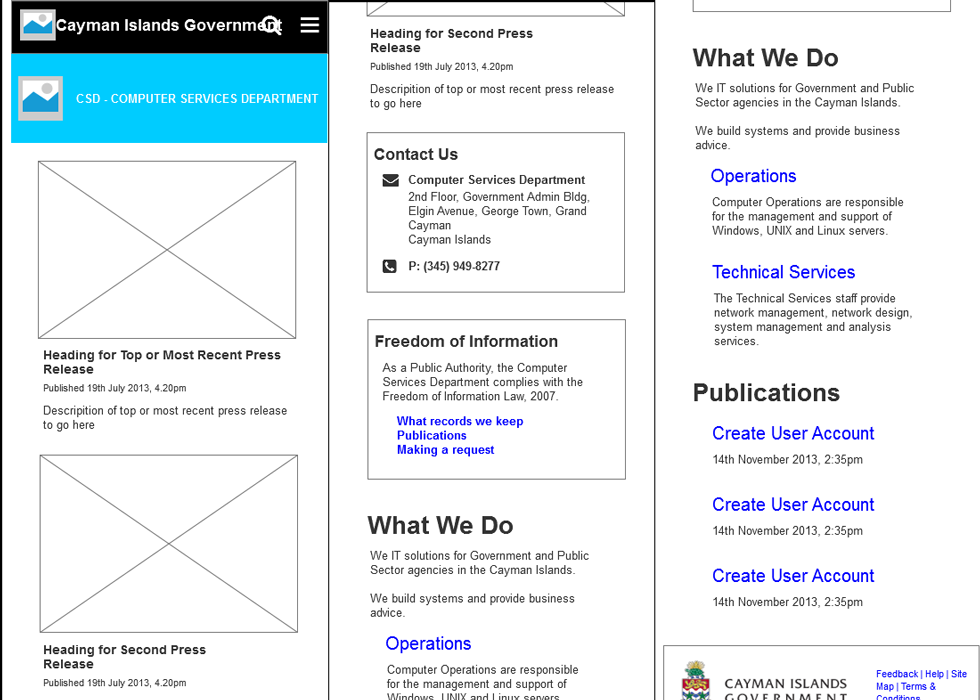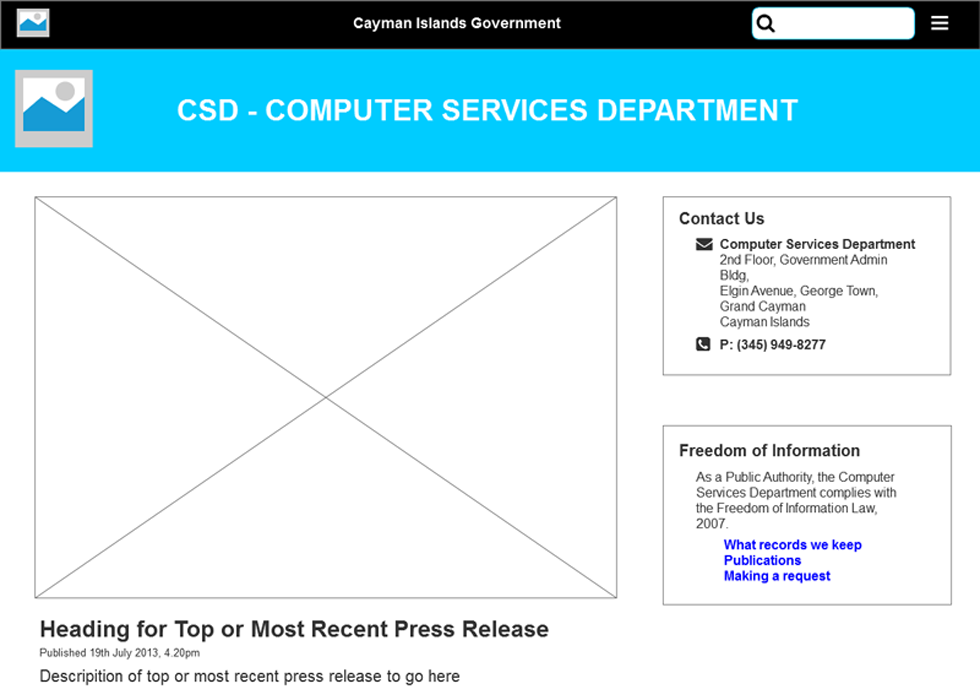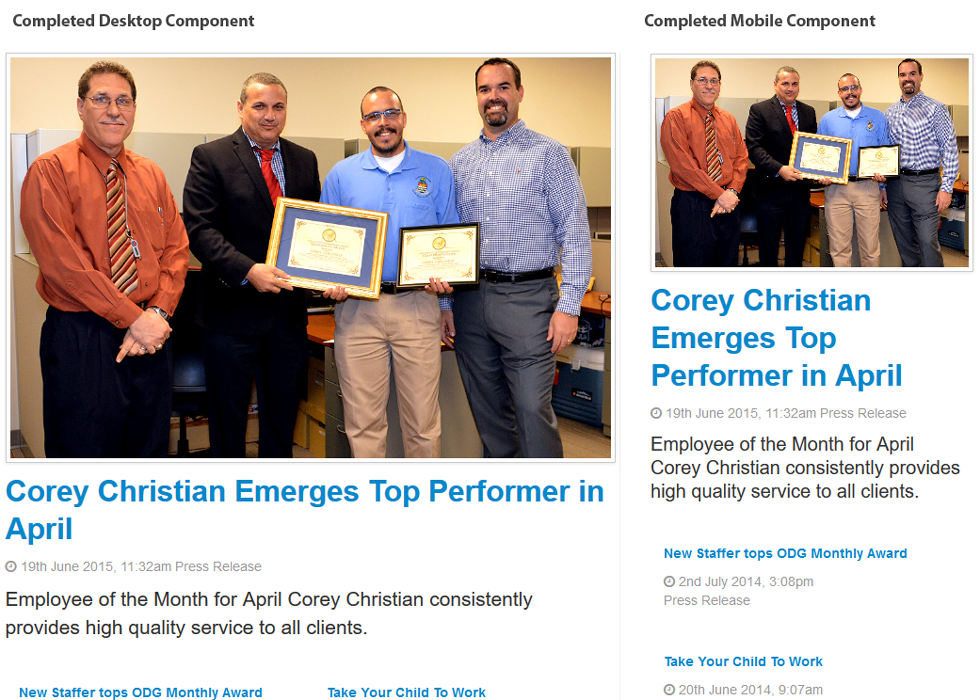Innovative App for Environmental Enforcement Officers
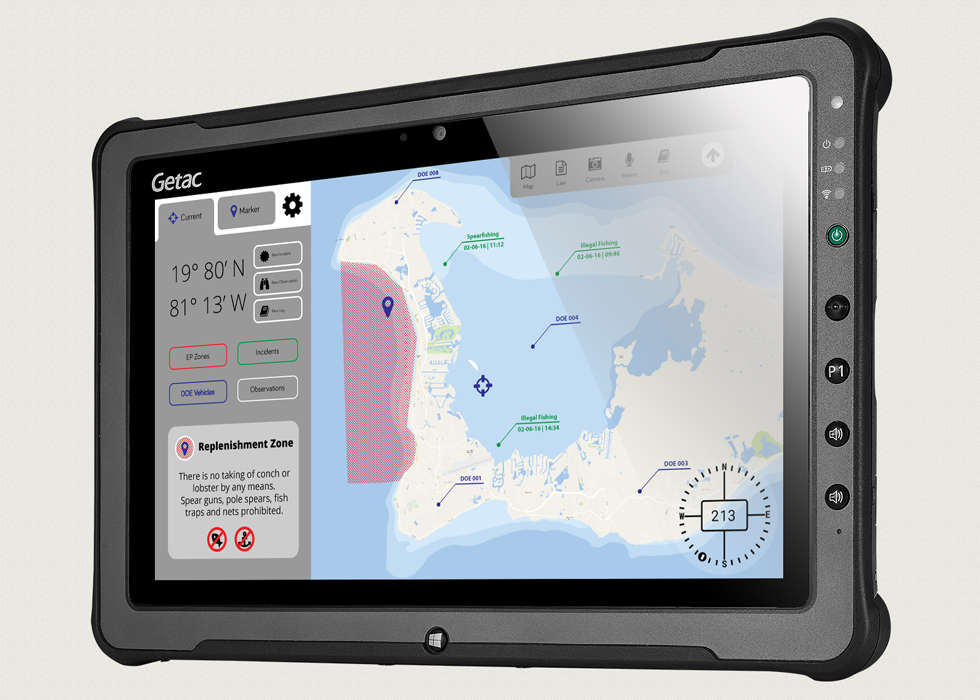
Develop App to
- Enable remote filing of paperwork
- Allow remote access to departmental databases
- Increase productivity
- Increase time spent in field
The Cayman Islands Department of the Environment wanted to develop a tablet app for use by their Enforcement Officers. The aim of the app was to streamline certain processes, allow the officers to file paperwork remotely and increase productivity, allowing them to spend more time in the field.
Getting Started
The delivery team was made up of myself, coordinators from the Department of the Environment and academics from Bangor University. An initial meeting allowed the different team members to agree a broad scope of the project and a delivery plan.
Iterating and Refining the Design
I delivered further iterations of the interface design over subsequent meetings. I was able to present designs to the End Users of the app, the Enforcement Officers and obtain their feedback. In the first meeting I worked up some rough paper designs. I took these and built some basic wireframes in Axure to present at the next meeting. These in turn got annotated and reworked until we had a design that met the Enforcement Officers needs.
Developing Limited Axure Prototype
The wireframes became more detailed as the project went on. I had to add in some interactivity to my Axure model to help demonstrate a couple of areas of functionality to the Enforcement Officers
Map Interface
A lot of the app was based on a map, that could superimpose different layers of GIS data to the Enforcement Officers. It also allowed them to prepopulate geographical coordinates into any form they were completing via the app. I found that prototyping this functionality helped to demonstrate my proposed UI which in turn led to some specific feedback that got integrated into my design.
Database Integration
Enforcement Officers also were being given the ability to search databases of vehicles and known poachers. Matching data could in turn be inserted into a forms on the app. The Axure repeater functionality really helped to bring my initial UI ideas to life, which in turn led to more feedback and a more robust design.
